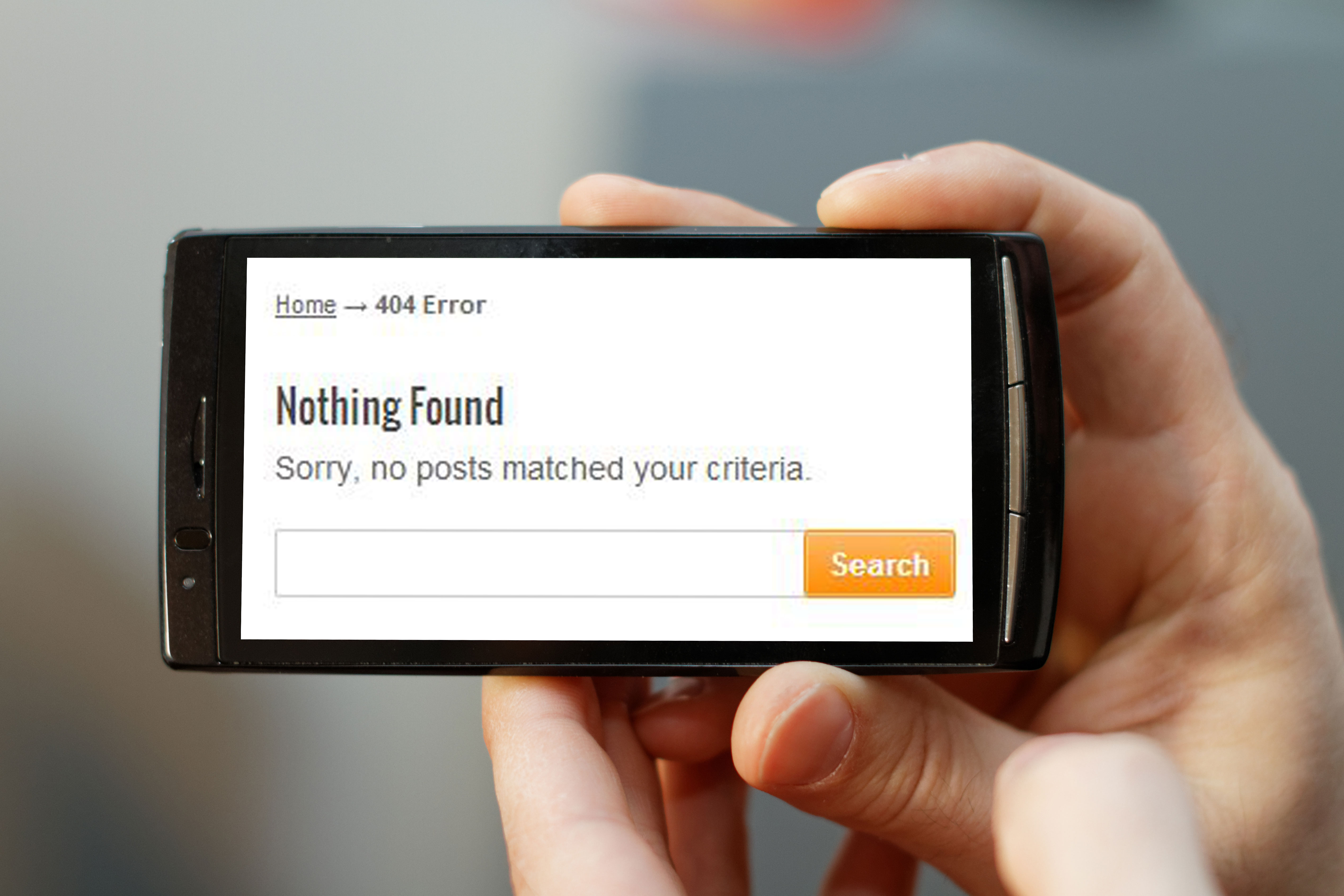
If you haven’t built a mobile page or applied responsive design to your website, don’t expect to rank very high in mobile search. Our society relies heavily on mobile these days for getting around or getting quick information on-the-go, so if your site doesn’t load fast or look good on someone’s smart phone, Google isn’t even going to bother ranking your site very high, even if your regular website ranks well on a desktop.
The reason that your site won’t rank well is because user experience is a large factor in the Google ranking algorithm. According to James Barrese, CTO of Paypal, “96% of mobile users search for product information on their mobile device.” Unfortunately, if you don’t have the patience to wait for a website that takes 5 seconds to load on your mobile device, neither do your potential customers. This increase in bounce rate will have a negative effect on your mobile ranking.
Google has been rolling out ranking changes for mobile search and we can definitely plan on more in the future so it’s important to stay up-to-date on this. The preferred method for mobile-friendly websites is to apply a responsive design to your website so that it is able to adjust accordingly to different screen sizes. If a responsive design isn’t suitable for your website due to a more complex design and usage, then creating a separate mobile site would be your best course of action. Otherwise, you might miss out on the $20 billion of mobile transactions that PayPal expects to have by the end of this year.
Common SEO Mobile Mistakes
Avoiding negative marks from Google requires more effort and refinement than just building a mobile page or applying responsive design. These are common mistakes that mobile sites have and how to fix them.
- Landing Page Errors – Clicking on your link on mobile search and getting an error. Redirects should be made for broken or deleted links.
- Faulty Redirects – Redirecting all pages to one single mobile page. Just like desktop redirects, mobile redirects should be directed towards the accurate optimized mobile pages.
- Unplayable Videos – Videos that don’t load on mobile are extremely frustrating for users and creates a drop-off for your site. Utilize HTML5 for better playability and/or offer a transcript below the video for visitors to read instead.
- Dynamic Content – If you have dynamic content on your site, make sure it functions properly when responsive design is applied. Otherwise, this negatively affects the user’s mobile experience.
- Using Flash – iPhone and Android do not support Flash websites. If you are using flash, you should know that it’s bad for SEO too.
- App Downloads – Sites that normally offer app downloads need to replace the app with a smart app banner or a hyperlinked HTML image for users to go to and download as this slows down the page load time.
- Page Speed – People on their mobiles don’t want to type a lot so make your separate mobile page have linked buttons, minify the code, and use a local application cache system.
If your site could use some help with responsive design or optimizing the mobile page, contact us today at Customer Paradigm to learn how we can assist you.

